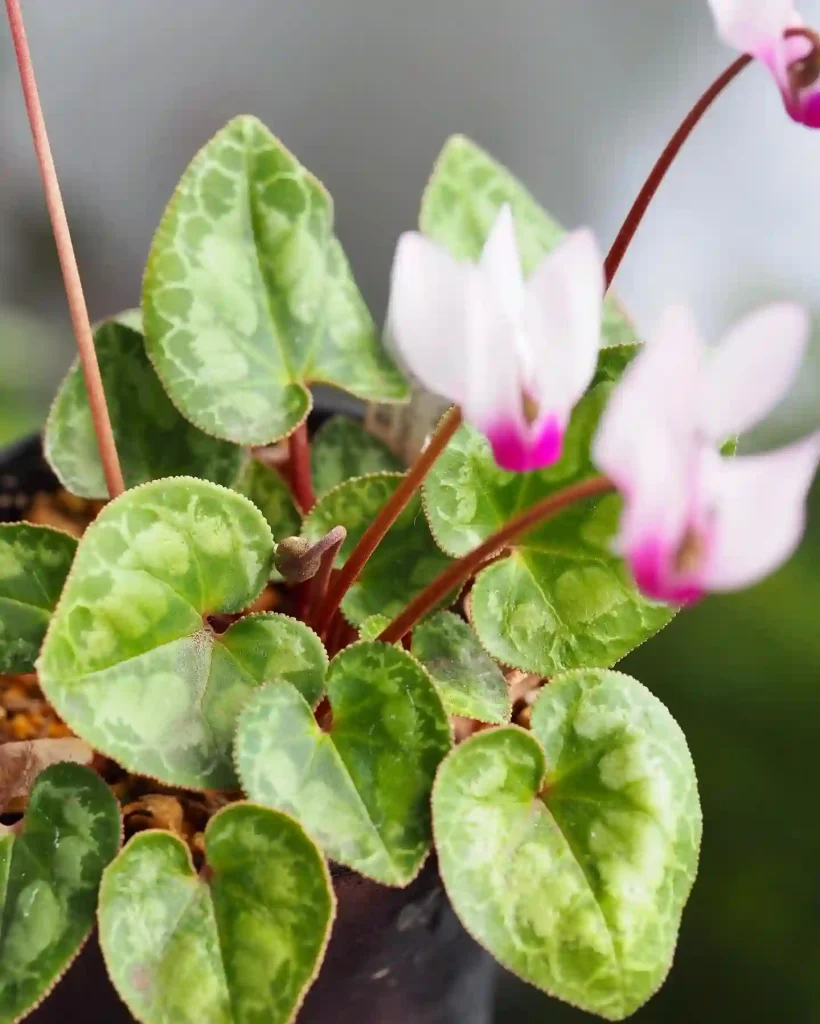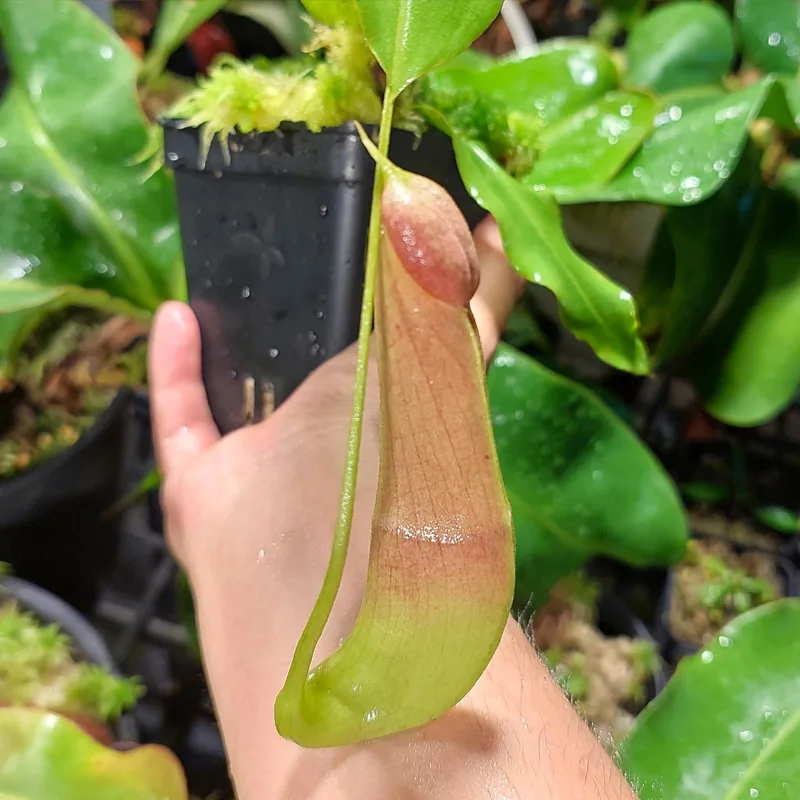
FAQs About Cornus Mas: A Gardener’s Guide
As a gardening enthusiast, I’ve come to appreciate the charm and versatility of Cornus Mas, commonly known as the Cornelian Cherry. This hardy shrub or small tree offers not only aesthetic beauty but also practical benefits in the garden. Over the years, I’ve received numerous questions about Cornus Mas, and today, I’m excited to share some insights and tips based on my experiences. Let’s dive into some frequently asked questions about this lovely plant.
56 Species in Genus Cornus – Dogwood
What is Cornus Mas?
Cornus Mas, or Cornelian Cherry, is a deciduous shrub or small tree native to Europe and Western Asia. It’s known for its bright yellow flowers that bloom in late winter to early spring, long before most other plants start to wake up from their winter slumber. The plant produces small, cherry-like red fruits that are edible and packed with nutrients. Cornus Mas is highly valued for its ornamental appeal, edible fruits, and adaptability to different growing conditions.
Can You Eat Cornus Mas?
Yes, you can eat the fruits of Cornus Mas. They are small, oval, and turn bright red when ripe. The fruits have a tart flavor, similar to cranberries, and can be eaten fresh or used in jams, jellies, and sauces. I’ve found that the taste improves after the first frost, which makes them less astringent and more palatable. They are also rich in vitamins C and P, making them a healthy addition to your diet.
Is Cornus Mas Fragrant?
While Cornus Mas is appreciated for its ornamental and edible qualities, it is not particularly known for its fragrance. The small yellow flowers that bloom in early spring do not emit a strong scent. However, their vibrant color and early appearance make them a cheerful sight in the garden after a long winter.
When Does Cornus Mas Flower?
Cornus Mas typically flowers in late winter to early spring, depending on the climate. In my garden, I’ve noticed the first signs of blooming as early as February, with the peak bloom usually happening in March. The bright yellow flowers appear before the leaves, creating a striking contrast against the bare branches and often against a backdrop of snow, making it one of the first signs of spring.
How to Pollinate Cornus Mas?
Pollination is crucial for Cornus Mas if you want a good harvest of fruits. The plant is partially self-fertile, meaning it can produce some fruits on its own, but you’ll get a much better yield if you have more than one plant. Planting multiple Cornus Mas trees close to each other encourages cross-pollination, which leads to more abundant fruiting. In my garden, I’ve noticed a significant increase in fruit production after planting a second Cornus Mas nearby.
When to Prune Cornus Mas?
Pruning Cornus Mas is essential for maintaining its shape and health. I usually prune my Cornus Mas in late winter or early spring, just before the new growth starts. This timing helps shape the plant and encourages vigorous growth without cutting off the developing flowers. Removing any dead or diseased wood, as well as thinning out crowded branches, helps improve air circulation and light penetration, keeping the plant healthy and productive.
How to Propagate Cornus Mas?
Cornus Mas can be propagated through seeds, cuttings, or layering. I’ve had success with softwood cuttings taken in early summer. Simply cut a healthy shoot, remove the lower leaves, and plant it in a pot filled with a well-draining soil mix. Keep the soil moist and place the pot in a shaded area until the cutting roots. Layering is another effective method, where a low-growing branch is bent down and partially buried in the soil until it develops roots.
What to Plant with Cornus Mas?
Cornus Mas pairs well with other early-flowering shrubs and perennials that can complement its yellow blooms. In my garden, I’ve planted it alongside forsythia, witch hazel, and hellebores. These companions provide a continuous display of color from late winter into spring. Underplanting with bulbs like snowdrops and crocuses can also create a lovely early-season display.
Can You Grow Cornus Mas Indoors?
Growing Cornus Mas indoors is not recommended. This plant thrives in outdoor conditions where it can experience the natural seasonal changes necessary for its growth cycle. It needs full sun to partial shade and well-drained soil. If you try to grow it indoors, it may not receive enough light and may struggle with the lack of space for its roots to develop properly.
Is Cornus Mas Toxic?
Cornus Mas is not toxic to humans or pets, making it a safe choice for gardens where children and animals may be present. The fruits are edible and, as mentioned, are used in various culinary applications. However, as with any plant, it’s best to ensure that the fruits are ripe before consuming, as unripe fruits can be quite sour and astringent.
Cornus Mas vs. Cornus Officinalis: What’s the Difference?
Both Cornus Mas and Cornus Officinalis, also known as Japanese Cornelian Cherry, are similar in appearance and have similar growing habits. The main differences lie in their origin and slight variations in flowering and fruiting times. Cornus Officinalis tends to flower slightly earlier than Cornus Mas and may have a slightly more upright growth habit. However, both are excellent choices for early spring color and edible fruits.
How to Care for Cornus Mas?
Cornus Mas is a low-maintenance plant that is relatively easy to care for. It prefers full sun to partial shade and well-drained soil. I water my Cornus Mas regularly during the first few years to help establish its roots, but once established, it is drought-tolerant. Mulching around the base of the plant helps retain moisture and suppress weeds. Fertilizing in early spring with a balanced fertilizer supports healthy growth and abundant flowering.
Benefits of Growing Cornus Mas
Growing Cornus Mas offers several benefits. It provides early-season color with its bright yellow flowers, adds visual interest with its red fruits, and offers edible fruits that can be used in various culinary applications. Additionally, Cornus Mas is hardy and adaptable, making it suitable for a wide range of garden settings. Its resistance to pests and diseases also makes it a reliable choice for low-maintenance landscaping.
In conclusion, Cornus Mas is a versatile and attractive plant that can enhance any garden. Whether you’re looking for early spring color, edible fruits, or a low-maintenance addition to your landscape, Cornus Mas is a great choice. By understanding its needs and characteristics, you can enjoy the many benefits this plant has to offer.
If i die, water my plants!



